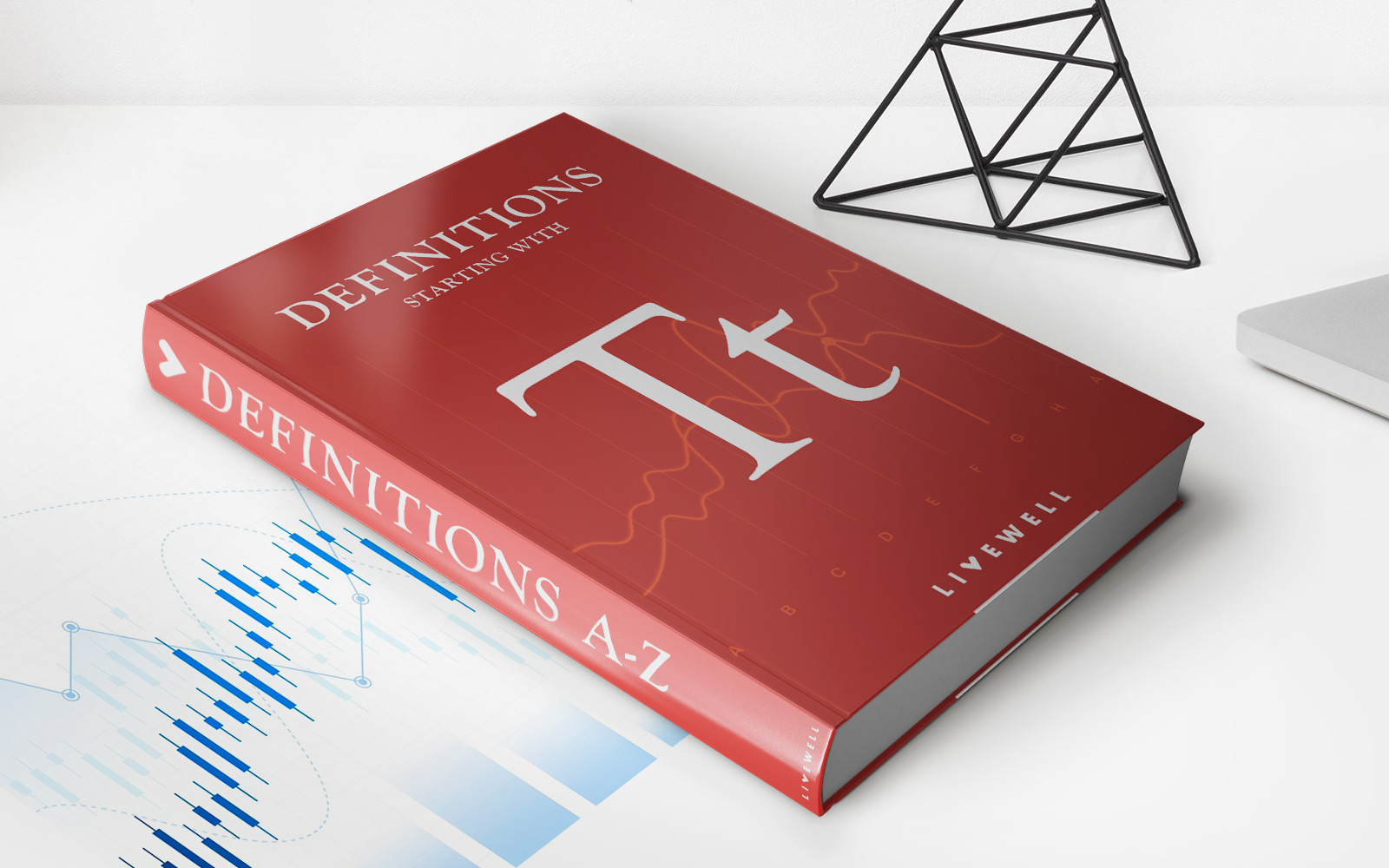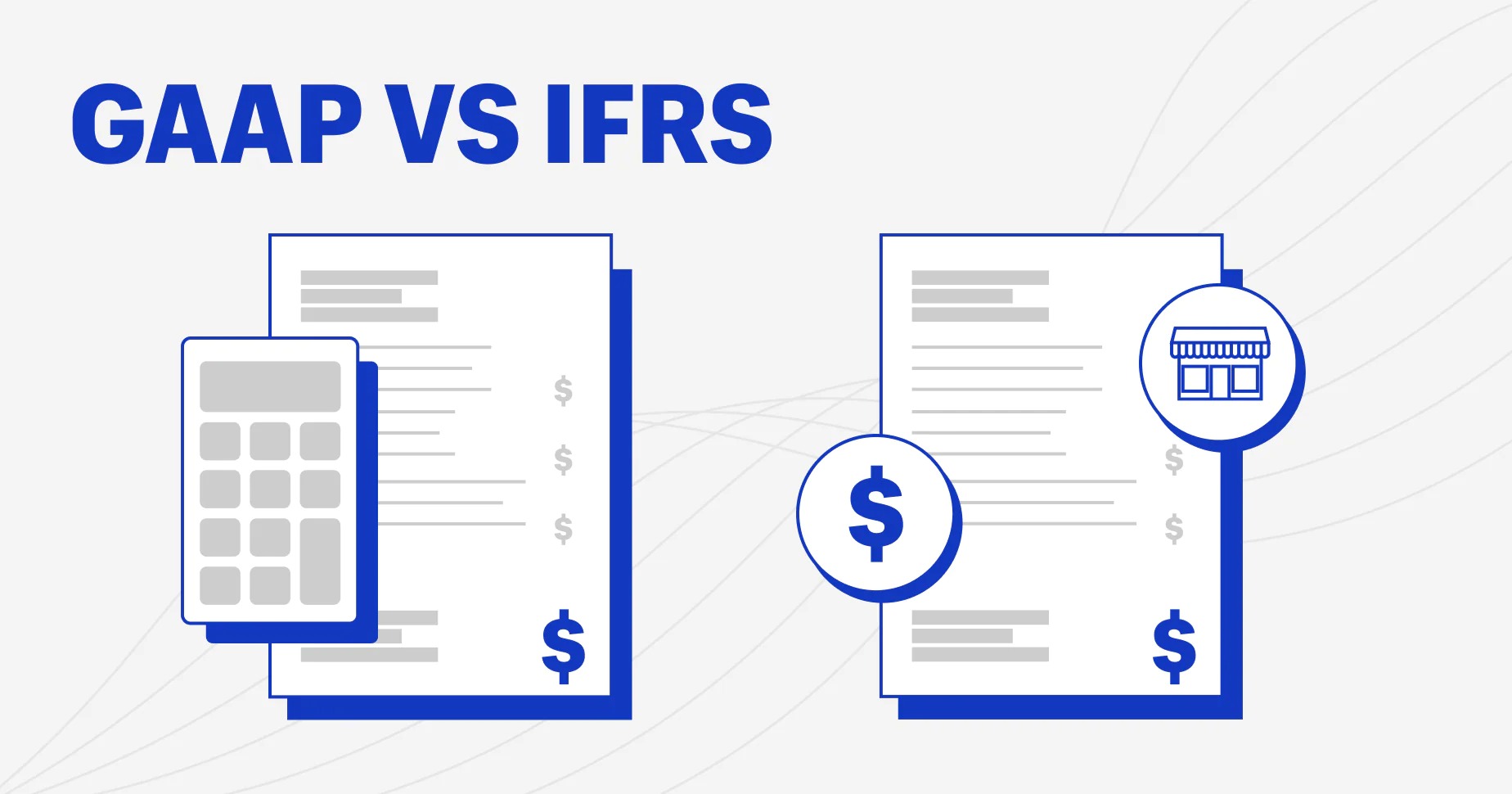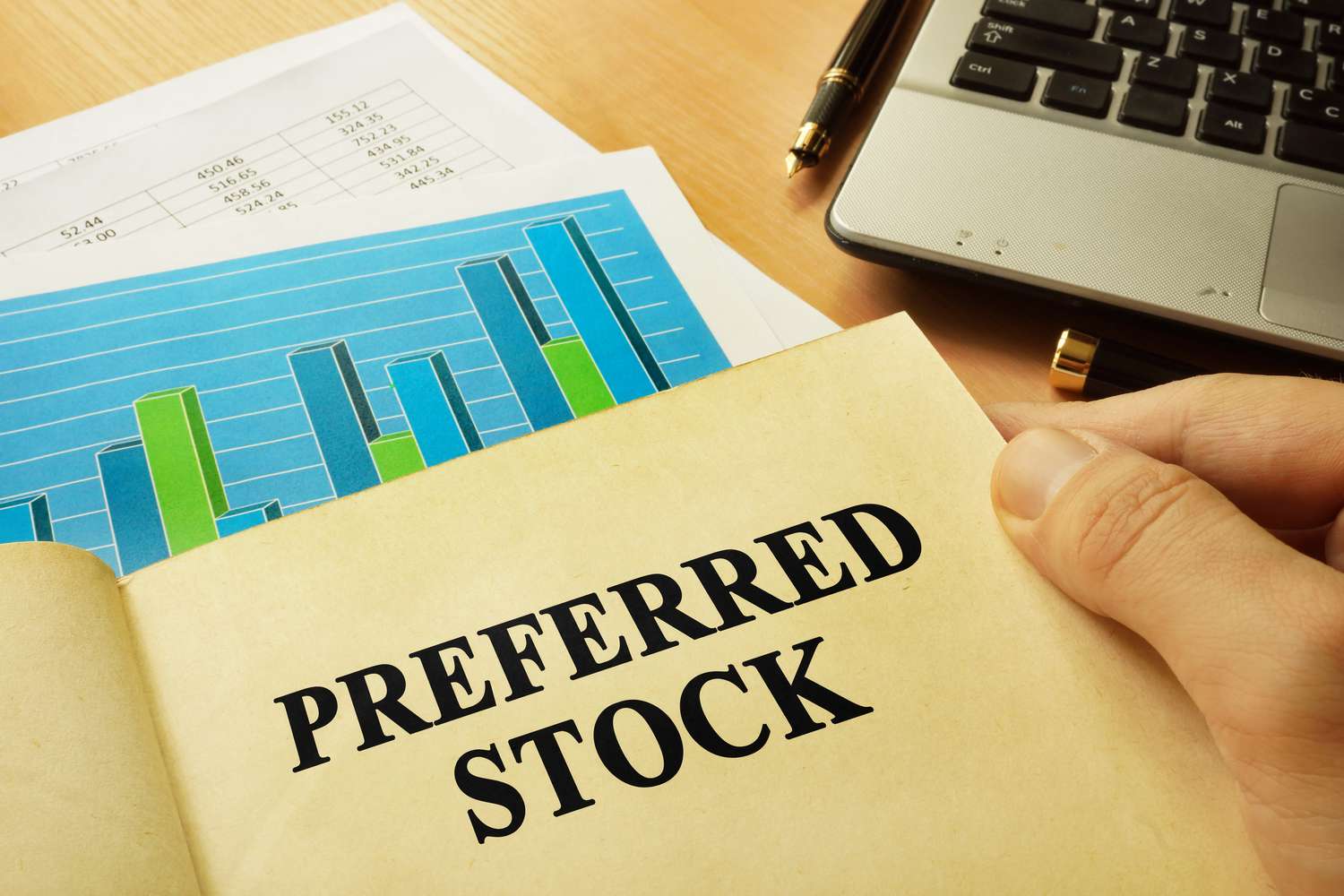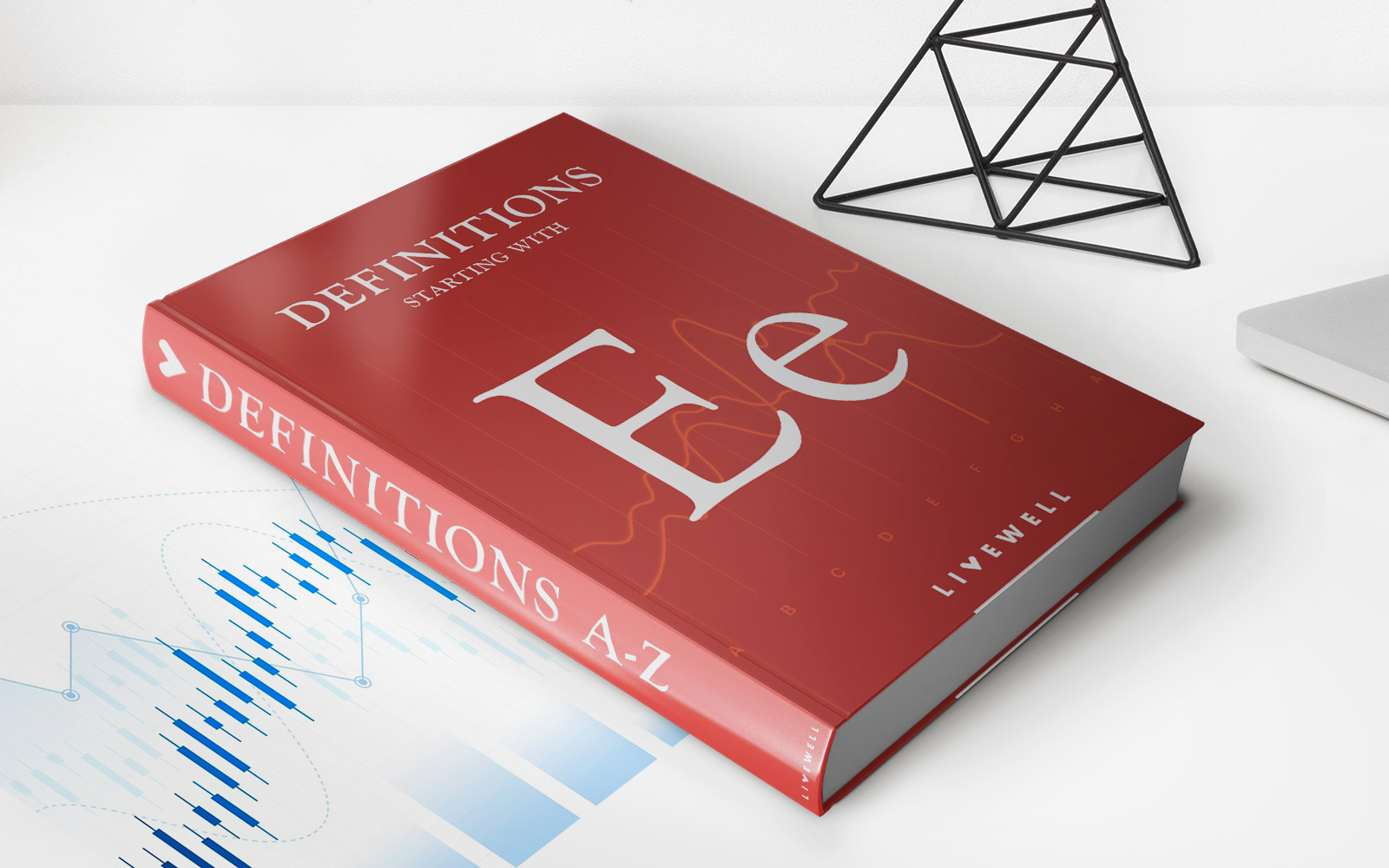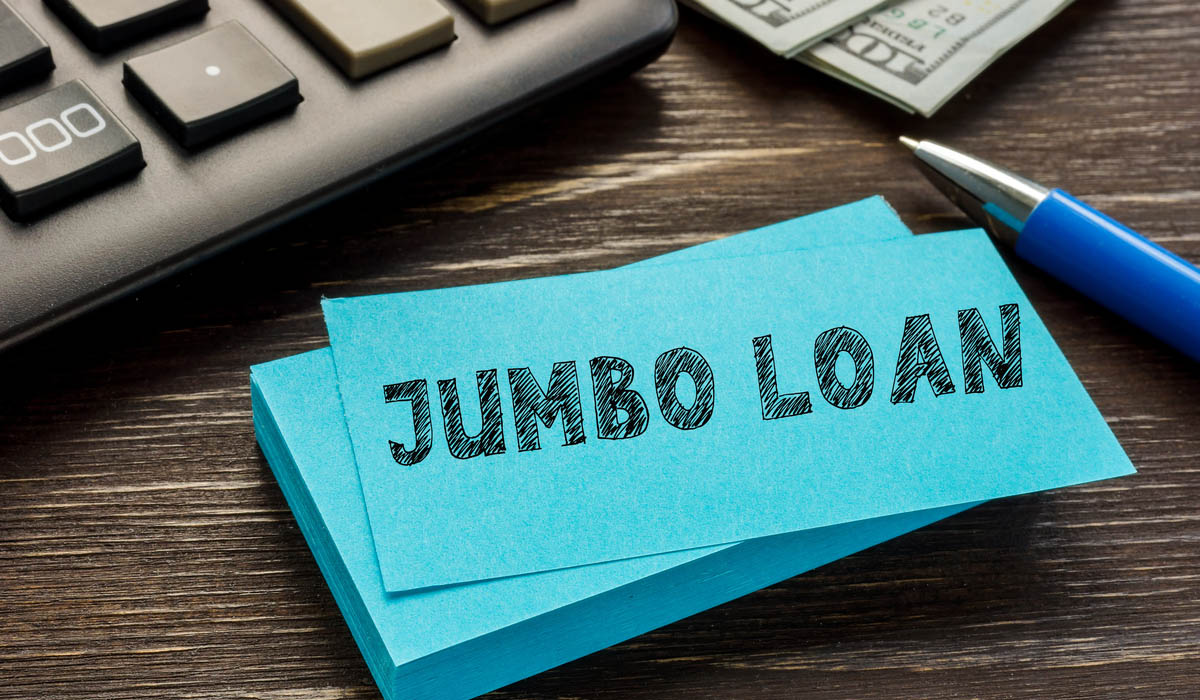Home>Finance>Convertible Preferred Stock: Definition, Common Terms, And Example


Finance
Convertible Preferred Stock: Definition, Common Terms, And Example
Published: November 2, 2023
Learn about convertible preferred stock in finance. Understand common terms and see an example of how it works.
(Many of the links in this article redirect to a specific reviewed product. Your purchase of these products through affiliate links helps to generate commission for LiveWell, at no extra cost. Learn more)
What is Convertible Preferred Stock?
If you’re a savvy investor or interested in learning more about the world of finance, you may have come across the term “convertible preferred stock”. This unique type of investment has gained popularity in recent years due to its potential for high returns and added flexibility compared to traditional stocks. But what exactly is convertible preferred stock and how does it work?
Key Takeaways:
- Convertible preferred stock is a hybrid financial instrument that provides both ownership and debt-like features.
- Convertible preferred stockholders have a higher claim on the company’s assets and earnings compared to common stockholders.
Convertible preferred stock is a financial instrument that combines features of both debt and equity. It represents a form of ownership in a corporation and is generally offered to investors as a way to raise capital. Unlike common stock, convertible preferred stockholders have a higher claim on the company’s assets and earnings, making them closer to debt-holders in terms of priority.
Common Terms Associated with Convertible Preferred Stock
Before delving further into the mechanics of convertible preferred stock, it’s important to understand the common terms associated with this type of investment. Some of the key terms to be familiar with include:
- Conversion Ratio: This is the number of common shares that can be acquired by converting one share of convertible preferred stock. The conversion ratio is set at the time of issuance and can vary depending on the terms of the investment.
- Conversion Price: The conversion price is the price at which the convertible preferred stock can be converted into common stock. It is determined by dividing the par value of the convertible preferred stock by the conversion ratio.
- Dividend Rate: Convertible preferred stockholders are entitled to receive regular dividends. The dividend rate is usually fixed and expressed as a percentage of the par value of the stock.
- Call Provision: A call provision gives the issuing company the option to redeem the convertible preferred stock at a predetermined price before its maturity date.
- Maturity Date: The maturity date is the date on which the convertible preferred stock can be redeemed by the issuing company.
These terms play a crucial role in determining the value and potential returns of convertible preferred stock investments. By understanding these terms, investors can make informed decisions and assess the risks and benefits associated with this type of investment.
Example of Convertible Preferred Stock Investment
Let’s take a look at a hypothetical example to better understand how convertible preferred stock works:
Company XYZ is a startup in the tech industry that is looking to raise capital to fund its expansion plans. To attract investors, the company decides to issue convertible preferred stock.
Here are the terms of the investment:
- Conversion Ratio: 1:2 (1 share of convertible preferred stock can be converted into 2 common shares)
- Conversion Price: $20 (par value of $10 divided by the conversion ratio)
- Dividend Rate: 5% (annually calculated based on the par value of the stock)
- Call Provision: The company has the option to call the convertible preferred stock after 5 years at a price of $25 per share.
- Maturity Date: The convertible preferred stock matures in 10 years.
John, an investor, decides to purchase 100 shares of convertible preferred stock from Company XYZ at a price of $15 per share.
Over the next few years, Company XYZ experiences significant growth, and its common stock price rises to $30 per share. Recognizing the potential for further gains, John decides to convert his 100 shares of convertible preferred stock into common stock.
By converting the convertible preferred stock, John receives 200 shares of common stock at the conversion price of $20 per share. He now holds 200 shares of common stock, which are valued at $30 each, resulting in a total value of $6,000.
In this example, John benefits from the increase in the value of the common stock and the potential for higher returns compared to holding onto the convertible preferred stock. The convertible feature of the investment allowed John to participate in the company’s growth.
Conclusion
Convertible preferred stock offers investors a unique investment option that combines the features of ownership and debt. Understanding the common terms associated with convertible preferred stock can help investors make informed decisions and evaluate the potential risks and rewards of this type of investment. By providing a higher claim on a company’s assets and earnings, convertible preferred stock has the potential to offer attractive returns for investors.
So, the next time you come across the term “convertible preferred stock,” you’ll have a better understanding of what it entails and how it can benefit your investment portfolio.


